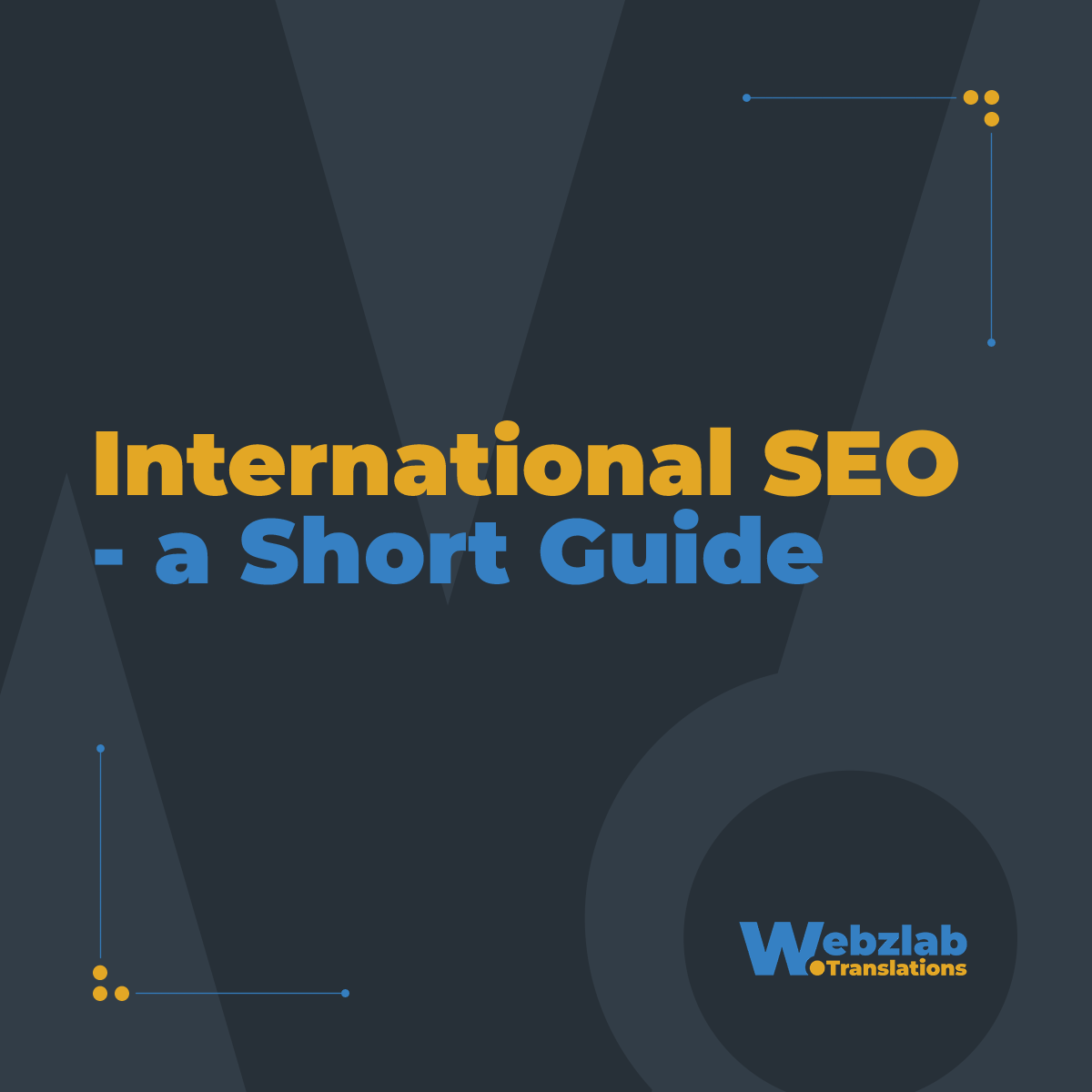If you need to create a global search engine optimization (SEO) strategy for your business, hopefully this short guide will help you.
Search Engine Optimisation (SEO) is a critical aspect of digital marketing that helps websites rank higher on search engines and attract more organic traffic. Translations play a significant role in SEO as well, as search engines rank websites based on their content and relevancy to the keywords being searched. Here are ten tips to help you translate in an SEO-friendly way:
- Choose the right keywords: Research and select the keywords relevant to your target audience and ensure they are included in the translated content.
- Use the target language correctly: Use the target language in a way that is both grammatically correct and culturally appropriate.
- Keep the structure intact: Try to preserve the structure and format of the original content as much as possible to make it easier for search engines to crawl and index your translated content.
- Avoid automatic translations: Automatic translations often result in poor quality, which can negatively impact your SEO efforts.
- Maintain consistency: Ensure consistency in the translated content, such as in the use of capitalisation, spelling, and terminology.
- Optimise meta tags: Make sure that the translated meta tags, such as the title tag and meta description, are optimised for search engines and accurately reflect the content of the page.
- Use hreflang tags: Hreflang tags indicate to search engines which language you are using on a specific page and help to improve its ranking for the correct audience.
- Translate URLs: Translate the URL structure and make sure it is consistent and easy to read.
- Use internal linking: Use internal links to connect related pages and help search engines understand the hierarchy of your translated content.
- Monitor performance: Monitor the performance of your translated pages to see how they are ranking and make any necessary adjustments to improve their SEO.
By following these tips, you can ensure that your translations are SEO-friendly and help to improve your website’s visibility and rankings on search engines.

